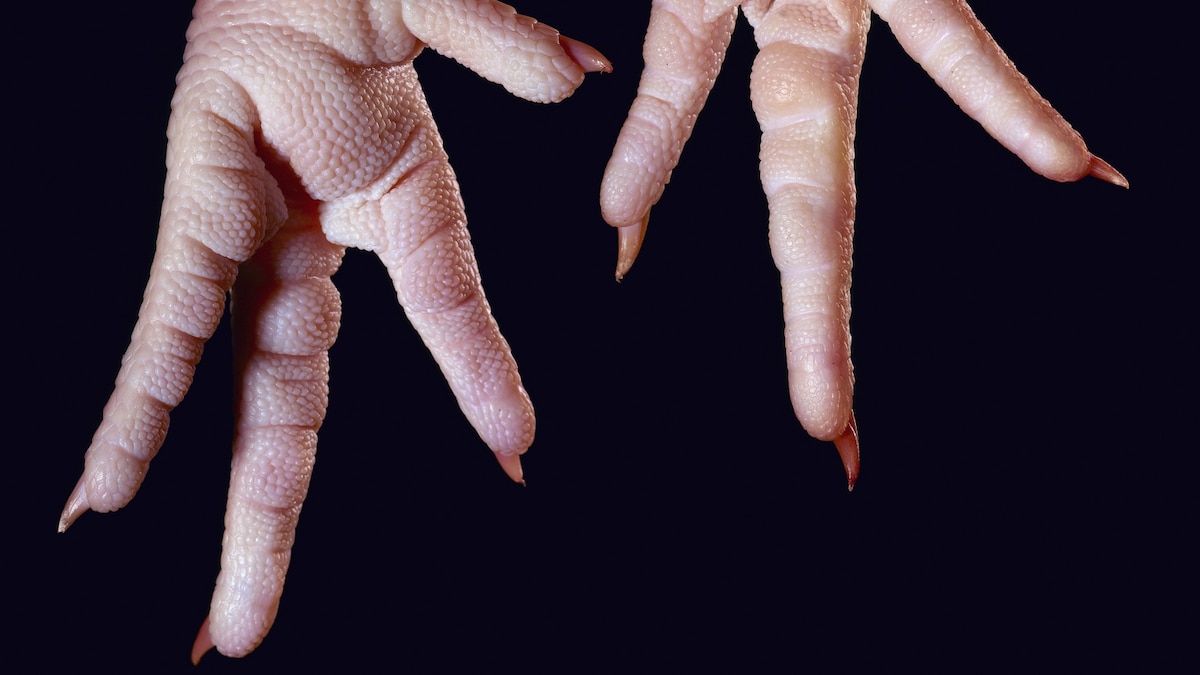Now Reading: Dislike Cilantro or Anchovies? Science Uncovers Evolutionary Reasons
-
01
Dislike Cilantro or Anchovies? Science Uncovers Evolutionary Reasons
Dislike Cilantro or Anchovies? Science Uncovers Evolutionary Reasons

Speedy Summary
- An Instacart analysis identified black licorice, oysters, and anchovies as the most-hated foods in the U.S., highlighting cultural and biological reasons why certain foods are divisive.
- Humans initially relied on taste to identify nutritious food or avoid toxins, with sweetness signaling energy (glucose) and bitterness linked to potential plant poisons.
- Modern ultra-processed diets have diminished these instincts,with over half of U.S. adults’ energy intake coming from processed foods.
- Food aversions arise from biology (genetics), cultural conditioning, personal experiences like food poisoning, or environmental factors such as plate texture and music played during meals.
- Genetics play a role in food preferences (e.g., cilantro tasting soapy for some due to smell receptor mutations). Life stages like pregnancy also alter preferences for protective reasons against toxins/pathogens.
- positive reinforcement through repeated exposure can definitely help individuals acquire tastes for disliked foods starting early in childhood or later life stages.
Images included: Various photographs depicting raw fish dishes, prawns affected by religious taboos, raw oysters’ divisive appeal due to texture experience alongside photos connecting evolution textures phases etc.
Indian Opinion Analysis
This article indirectly highlights several parallels India can draw between global trends described here and its own diverse dietary habits shaped by culture, religion, genetics, and environment over centuries.Like ethnic cuisines that evoke strong responses abroad (e.g., fermented dishes), India’s regional specialties-such as bitter gourd curry or jackfruit-based recipes-may similarly reflect learned tastes deeply rooted in familial traditions and geographic ecosystems.India’s relationship with nutrition is also evolving amidst increasing consumption of ultra-processed snacks across urban centers-a shift similar to trends observed worldwide-while conventional feeding methods of exposing children repeatedly superfood ingredients could offer renewal reversing flavors fundamentals familiarizing aliened palettes align national context.. Research institutions should further study both genetic predispositions toward aversion local Asian Culinary scene implications tools actively reviving declining heirloom varieties guarding balancing transition creative legitimacy work!



























